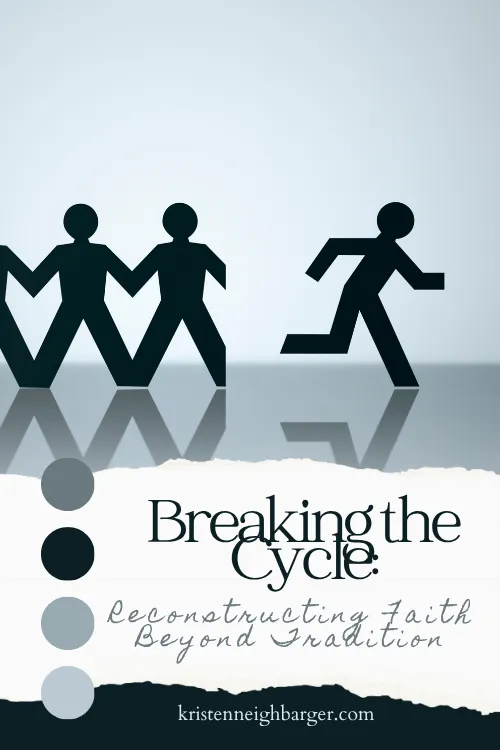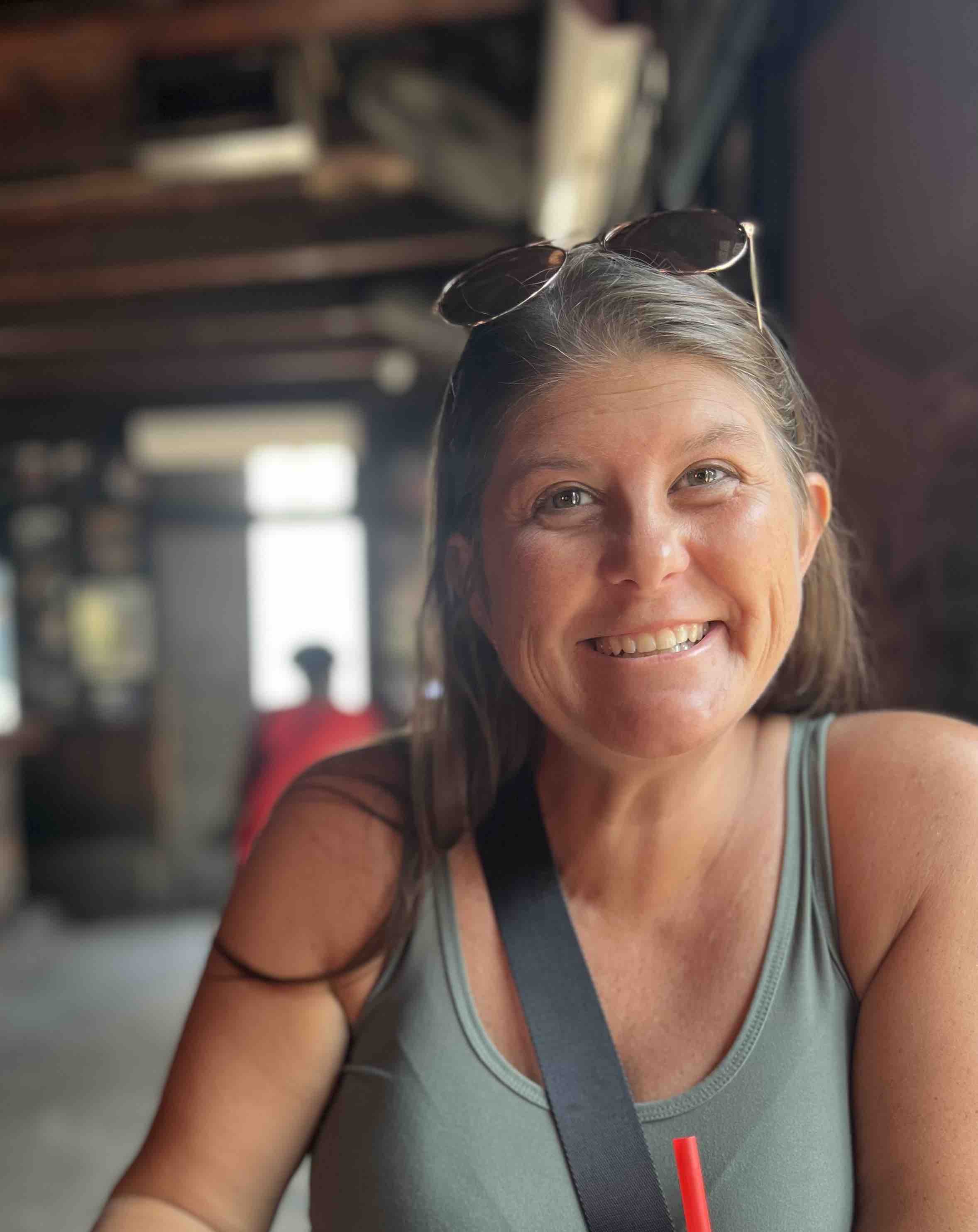
Breaking the Cycle: Reconstructing Faith Beyond Tradition
Growing up, my family was rich in traditions:
🛒 Grocery shopping on Friday nights.
🍕 Homemade pizza every Sunday.
🎉 Birthdays at Grandma’s.
🥧 Fresh black raspberry pie.
🎄 Christmas morning cinnamon rolls and lunch with my dad’s side.
These weren’t just rituals—they were the rhythm of our lives.
They were safe.
They were consistent.
They were ours.
In so many ways, my world was insulated by the beauty and consistency of family. I didn’t understand that not everyone had what I had. It wasn’t until 4th or 5th grade that someone I knew experienced divorce—and it shook me. Not just because it was rare in my little world, but because of how it was handled.
This wasn’t just any family. It was one from our very legalistic, pseudo-fundamentalist church. The entire thing was treated like a moral failure. People didn’t talk about it in public—but they whispered about it in private. And once it was over? It was like it never happened.
Everything about that situation taught me something:
We were allowed to crack—just not publicly.
And if we did, we better patch it up quickly and make it shine again.
When Faith is Built on Appearance, Not Authenticity
As a child, I believed what I saw: polished families, clean-cut theology, perfect faith. But over time, the cracks in that façade became impossible to ignore.
When I finally acknowledged those cracks, it felt like the rug had been ripped out from under me. What I thought was truth turned out to be tradition. And what I thought was stability turned out to be image maintenance.
It’s something I still wrestle with, especially when I find myself assuming that others grew up with the same generational loyalty to tradition that I did. I have to remind myself: not everyone had cinnamon rolls on Christmas morning—and not everyone had theology that held space for the messiness of life.
Chapter 6: Reconstructing Your Faith Around Truth, Not Tradition
In Chapter 6 of Breathing Again, I talk about what it looks like to reconstruct a faith that reflects your values—not just your history.
Because here’s the truth:
When we’ve been spiritually abused or shaped by harmful theology, it can feel blasphemous—or at the very least, overwhelming—to even begin asking what’s actually true.
We’ve been taught that our holiness was in our traditions.
But tradition isn’t always holy.
Sometimes, it’s just… inherited.
And while there’s beauty in heritage, there’s also danger in holding on to harmful systems just because they’re familiar.
Reconstructing your faith means naming your non-negotiables—the beliefs, practices, and values that actually reflect the Jesus you’ve come to know, not just the one you were told to obey.
Reader, This Is Where You Come In
If you’re anything like me, maybe your faith was handed to you like a family heirloom—wrapped in expectations, sealed with shame, and too sacred to question.
But now?
You’re asking better questions.
You’re noticing the cracks.
You’re craving a faith that makes space for healing, honesty, and hope.
Let me tell you what I wish someone had told me:
You don’t have to keep everything.
You don’t have to believe it just because you were taught it.
And you don’t have to feel guilty for wanting to rebuild from the rubble.

Your Turn: Reclaim, Rebuild, and Reconstruct
As you reflect this week, ask yourself:
What traditions have I held onto that no longer serve my spiritual health?
What theological beliefs have I accepted without examining their impact?
What do I want my reconstructed faith to be built on?
➡️ In Chapter 6 of Breathing Again, I walk you through the process of identifying your faith priorities, separating what’s essential from what’s inherited, and naming the non-negotiables that will guide your spiritual healing.
🛠 It’s not easy work, but it is holy work.
And you don’t have to do it alone.
What’s Next?
📖 Grab your copy of Breathing Again and dive into Chapter 6 this week.
💬 Then head to the comments and tell me—what’s one tradition or belief you’re ready to examine or let go of?
Let’s reclaim what’s worth keeping and make peace with releasing what isn’t.
